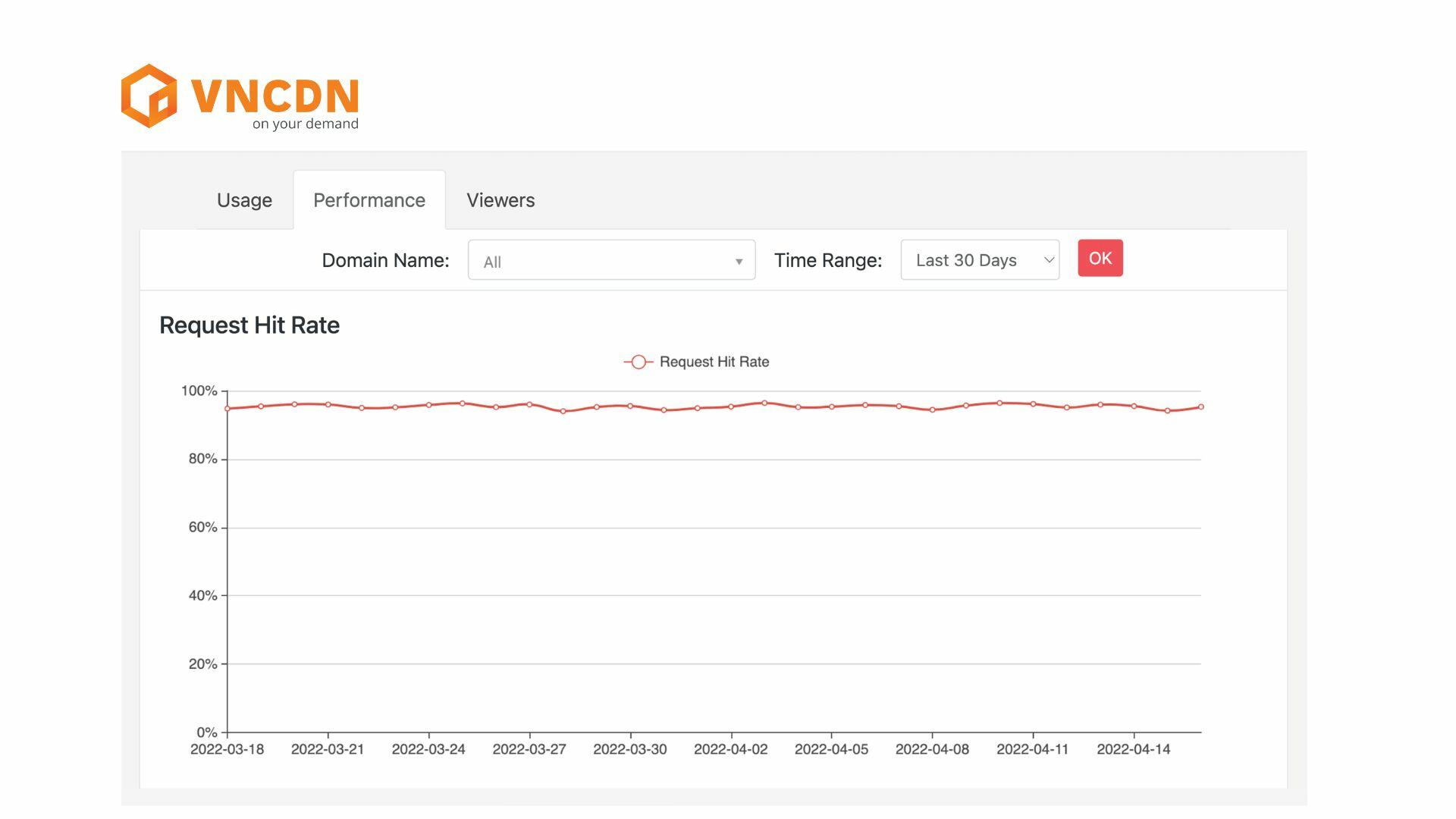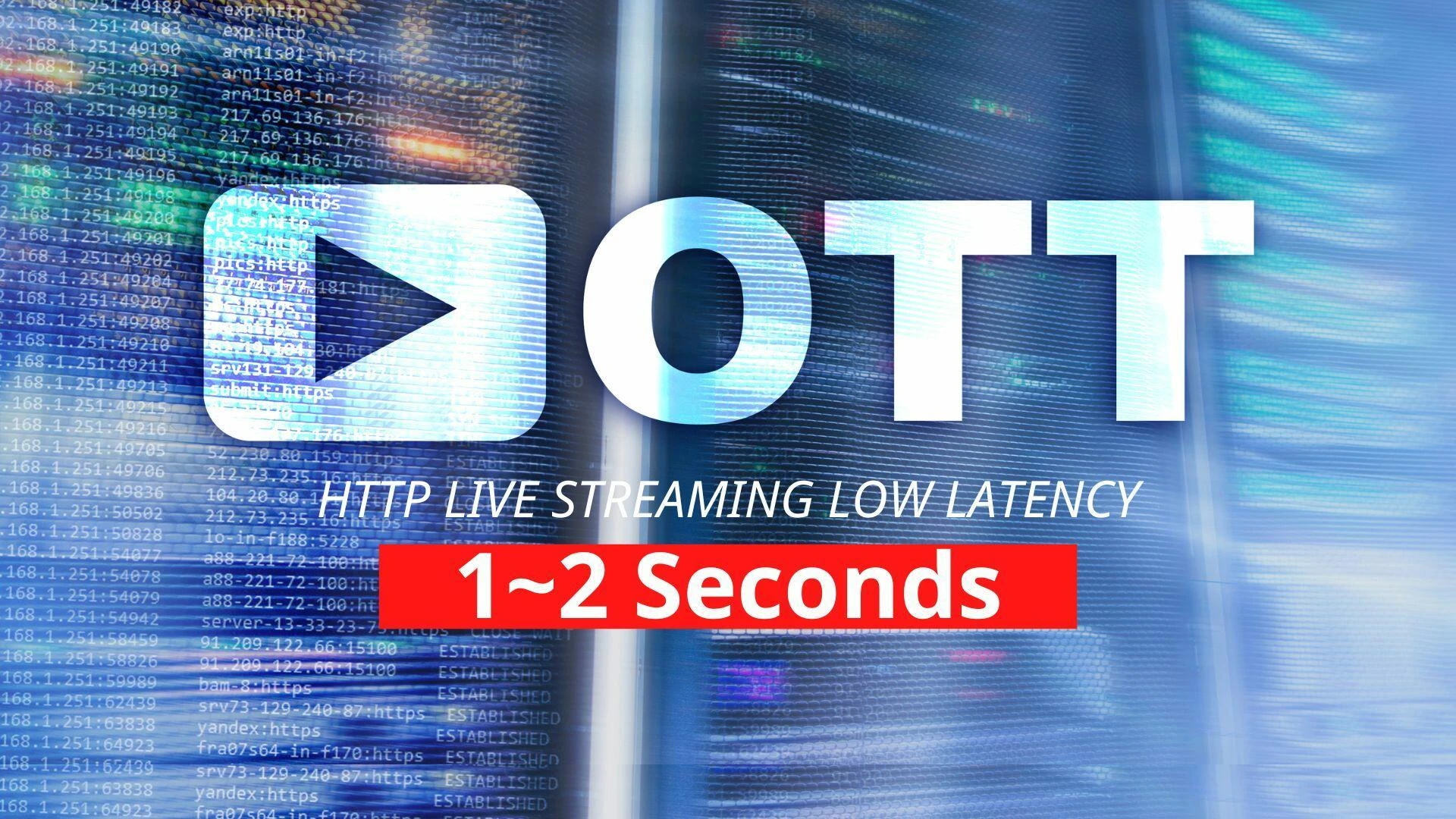At VNETWORK, we provide a CDN service (with the name VNCDN) that supports Live Streaming with most popular encoding formats and current Live Streaming protocols. The formats that we support specifically for Live Streaming service that require low latency with HLS Low Latency (only 1~2 seconds) - expected to be completed by the end of 2022, HTTP-FLV protocol (under 3s) - are available ready. In addition, VNETWORK also provides Live Streaming support services according to the format and protocol requirements that businesses want to use.
So, if your business needs to support Live Streaming that is scalable, interactive, and suitable for all end-user devices, register here.
There are many protocols used for Live Streaming, they have different strengths and weaknesses. This article will share about Live Streaming protocol with traditional HLS and low latency HLS (Low Latency). There are also platforms and services associated with the Live Streaming service that businesses need to know about.
Live Streaming Protocols with HLS
Traditional HLS protocol
HLS stands for HTTP Live Streaming developed by Apple. At first, only iPhone supported this protocol, but now most devices and software support HLS and it’s become the most popular protocol.

HLS becomes the most popular protocol
HLS is HTTP-based, it uses a web server to transmit content. This means that businesses do not need to have a special infrastructure, just have a web server or use a CDN.
Also, since HLS is HTTP-based, it is also less likely to be blocked by the Firewall. With the traditional HLS protocol, the video will be divided into small segments for transmission over the Internet depending on the internet speed in the viewer’s place.
The disadvantage of traditional HLS is high latency.
The traditional HLS protocol can be easily scaled for delivery by conventional Web servers on a global content delivery network (CDN). By sharing the workload across a network of HTTP servers, a CDN can accommodate a spike in viral viewership and a larger-than-expected live audience. CDNs also help improve the viewer experience by caching audio and video segments.
HLS transmits Video and Audio data from the Media Server to the viewer’s screen. Whether you are watching Live Streaming (Live Streaming) via an app on your phone or watching content on demand (Video On Demand) on your smart TV, Now the Live Streaming HLS feature will be selected to respond. Especially when your Video audience uses Apple devices.
Although HLS provides a reliable method of video streaming, its high latency creates many obstacles for video streamers or distributors.
Low Latency HLS Protocol (LL-HLS)
With HLS, content distributors can ensure a smooth live streaming video experience across a wide range of devices, while relying on a content delivery network (CDN) to deliver Videos to global viewers. Video size and quality often depended on CDN technology, but that all changed when Apple released LL-HLS.

Traditional HLS has been replaced by Low-latency HLS with a delay of only 1 to 2 seconds
One of the main advantages of using LL-HLS is backwards compatibility with older HLS players. Players that do not support LL-HLS can revert to traditional HLS and still operate with higher latency. Since the LL-HLS protocol requires players to load unfinished media segments instead of waiting until they are fully available, changes in the specification make it difficult for most players to adapt in time.
Now, LL-HLS is widely supported on most platforms with relatively newer player versions. Here are some popular players from different platforms that support LL-HLS:
-
AVPlayer (iOS)
-
Exoplayer (Android)
-
THEOPlayer
-
JWPlayer
-
HLS.js
-
VideoJS
-
AgnoPlay
LL-HLS is currently the widely used protocol for multimedia streaming, which is a safe choice for the majority of broadcasts. Anyone Live Streaming to connected devices should at least consider it - especially when it comes to living events and sports, these services demand video quality and low latency above all.
LL-HLS has a low latency of only 1~2 seconds. This makes LL-HLS suitable for online interactive Live Streaming services, online games, sports events, and live TV events,…
Platforms and services associated with Live Streaming technology
Cloud Storage service (Video content storage and security)

Live Streaming (Video content storage and security)
VNETWORK’s Cloud Storage service is a safe and secure streaming content storage solution. It is a simple & reliable data storage solution. You can easily access and share data quickly. VNETWORK’s Cloud Storage allows quick and easy expansion of Cloud infrastructure combined with CDN (Content Delivery Network) service for instant content transmission.
Salient features:
-
Support downloading data via FTP, WebDAV, and File Browser methods.
-
Use for Object Storage (App or data warehouse) and Block Storage (Database or ERP).
-
Physical servers are located at international standard Data Centers such as VNPT, Viettel, and FPT.
Transcoder Service (Media Encoder and Converter)
To reach the widest range of customers, media businesses and OTTs need to provide a variety of Video formats to suit a variety of viewing devices. By transcoding Streaming into a variety of formats, OTT TV and entertainment businesses can ensure scalable video reach to any user’s device.
VNETWORK’s Transcoding service helps to encode media into countless profiles suitable for user devices and reduce storage load. The system has the ability to detect internet bandwidth and return a profile suitable for the viewer’s device. Transcoding service also saves bandwidth but still ensures Video quality, ensuring a smooth viewing experience.
Salient features:
-
Over 99% of input formats and codecs supported
-
The system is fully automatic processing according to your transcode request
-
Encode media files to a variety of formats and resolutions: 240p, 360p, 720p, 1080p
Businesses can use VNETWORK’s Transcoding function to transcode and distribute Streaming with 24/7 support from our expert team.
Content Delivery Network (CDN - Content Delivery Network)

VNCDN supports website acceleration, ensuring a hit rate of more than 99%
For anyone Live Streaming to a large number of viewers, CDN technology is crucial for high-speed content delivery. The CDN service with the name VNCDN of VNETWORK is capable of providing domestic bandwidth of more than 3Tbps (CDN #1 in Vietnam).
Salient features:
-
CDN server system is available in all Datacenters across the country such as Viettel, VNPT, FPT, CMC, and Mobifone.
-
CDN’s load capacity is up to 6 billion requests a day
-
Ready to meet more than 3 million CCUs (concurrent viewers)
With a nationwide server network, CDN VNCDN creates super highways that shorten the time it takes to deliver Streaming Videos from source to end users.
Summary
With VNETWORK’s ability to provide CDN Live Streaming Low Latency technology, we have been bringing useful values to customers who are doing business in the field of entertainment and OTT television.
However, the best Live Streaming protocol will depend on the specific criteria of the project you want to implement. Be mindful when building a low-latency solution.
Finally, if you need to experience the CDN Live Streaming Low Latency service, please immediately contact the hotline: (028) 7306 8789, or leave your contact information below, our experts will assist you. 24/7.
